Singapore-based architectural firm ONG&ONG has completed the 55 Blair Road project in 2009.
As its name suggests, this two story contemporary residence is located 55 Blair Road in Singapore.
55 Blair Road by Ong & Ong:
“55 Blair Road produces a spatial experience that excites the senses by promoting light open plan living which is unusual to this type of terrace house. This residence brings a balance between nature and contemporary living in a renovation of an Art Deco style terrace.
Concept:
To create a light open plan living space, whilst promoting Inside/outside space. The contrasting relationship between the metallic elements and subtle tones within the house create an exciting spatial relationship throughout.
55 Blair road project is a renovation and restoration to a traditional art deco style shop house. Originally the house was renovated 10 years ago. The new owner however believed it was too dark and desired more light in the living spaces.
Adhering to the conservation constraints of maintaining the existing envelope, a solution was reached. The residence was design around a young professional who had a clear vision of how the house should appear. The final scheme met that vision.
The entire second floor in the main section of the house had been allocated for a master bedroom/study space with an en suite bathroom.
The restored traditional façade of the property envelops the new living space accommodating all the desired spaces of the client.
Bringing light into this long plot was an important consideration. A large air well divides the two sections of the house allowing for maximum light to penetrate the living spaces. Aluminum wall cladding wraps around the void. The aluminum bands reflect light into the living spaces.
The void acts not only as a large light well but also encourages natural ventilation within the house.
The intricate linear bands are a modern contrast that reflects the traditional ornate façade. This metallic architectural language used throughout the scheme emphasizes a unity within the spaces. The subtle tones and metallic elements complement each other to create a common theme throughout the house.
Continuity of space was a key concept to promote the relationship of outside/inside space. The First floor employs flexible glazed walls that lead directly to the pool. The main section of the house is separated by the out door pool and frangipani garden. When both sides of the glazed partitions are open the first floor becomes one large space. The scheme proves to be an approach that promotes diversity of space. The ground floor is not only a lounge and dinning area it is an ideal place to relax and sit poolside. The intention to create a diverse space on the first floor adds huge value and appeal to a property this size.
The TV and music appliances are hidden in recesses in the wall that are concealed when not in use buy larges pieces of art, this reiterates the concept of continuity of spaces. The lighting can be controlled by an integrated computer that can be used to set lighting moods within the house.
The rear section (service area) of the house accommodates the kitchen space , a powder room, the maids’ room and a roof terrace. A steel spiral staircase links these spaces. The internal courtyard divides the two sections of the house however the same choice of materials is carried though the whole scheme to ensure unity.
The kitchen has been finished in a seamless aluminum cladding. This creates a refined kitchen space.
A balance between the aluminum and the frangipani garden in the internal courtyard has developed a stimulating spatial experience. The contrasting relationship between the organic element and the long linear metal elements provide a suitable connecting space.
Several stepping-stones link the lounge and kitchen space across the pool divide.
The Century Frangipani is a native tree that has been associated with Buddhist and Hindu cultures. The old twisted trunk adds to the character of the house. It is contained within modern elements. This reflects the concept of the house in the way the old facade contains the modern.”
Photos by: Derek Swalwell




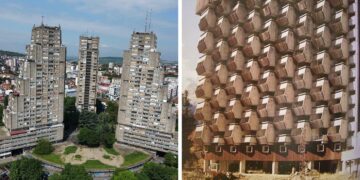
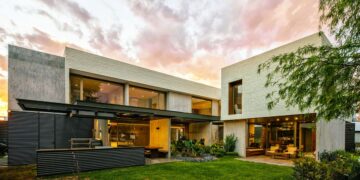
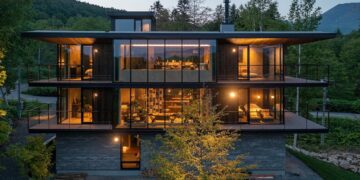
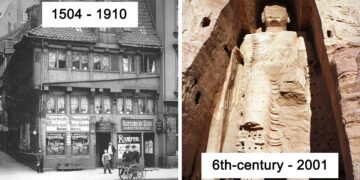












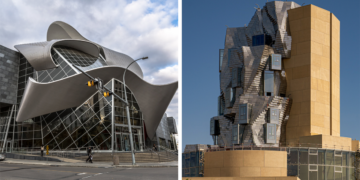
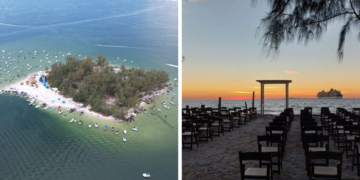
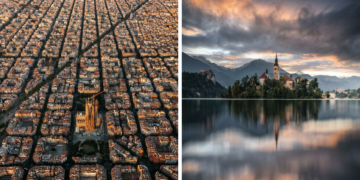



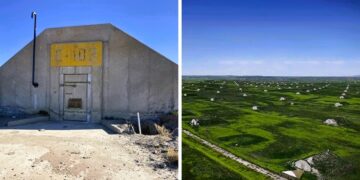


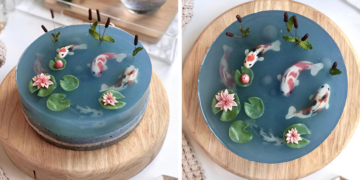

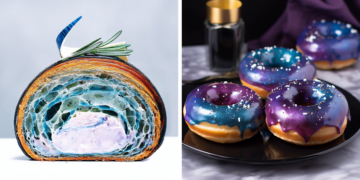


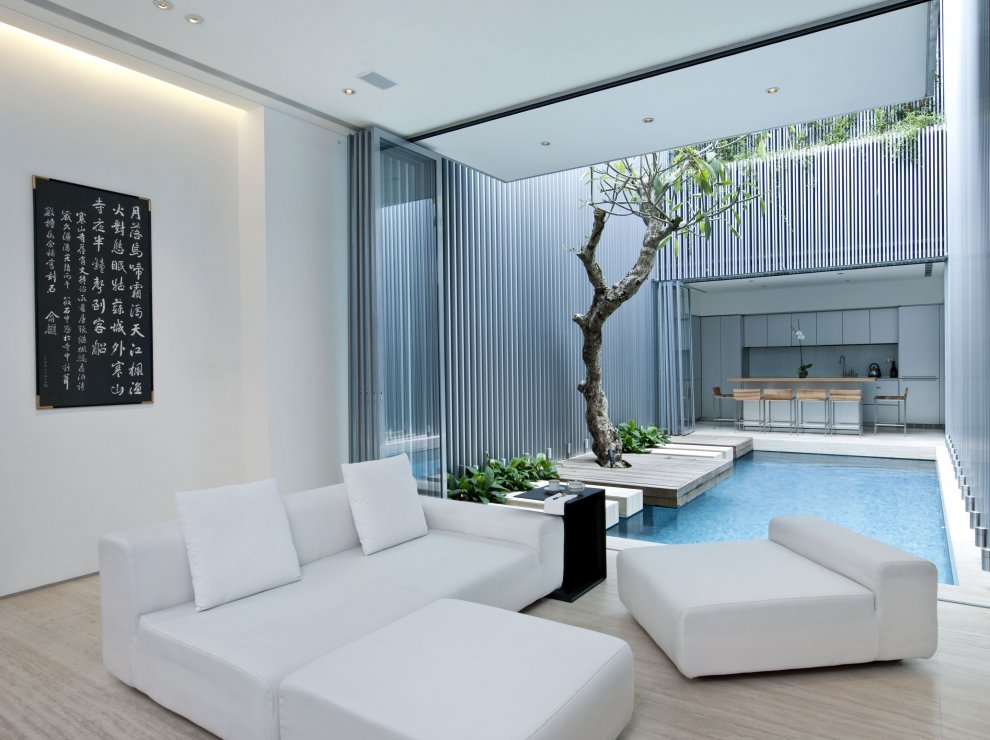
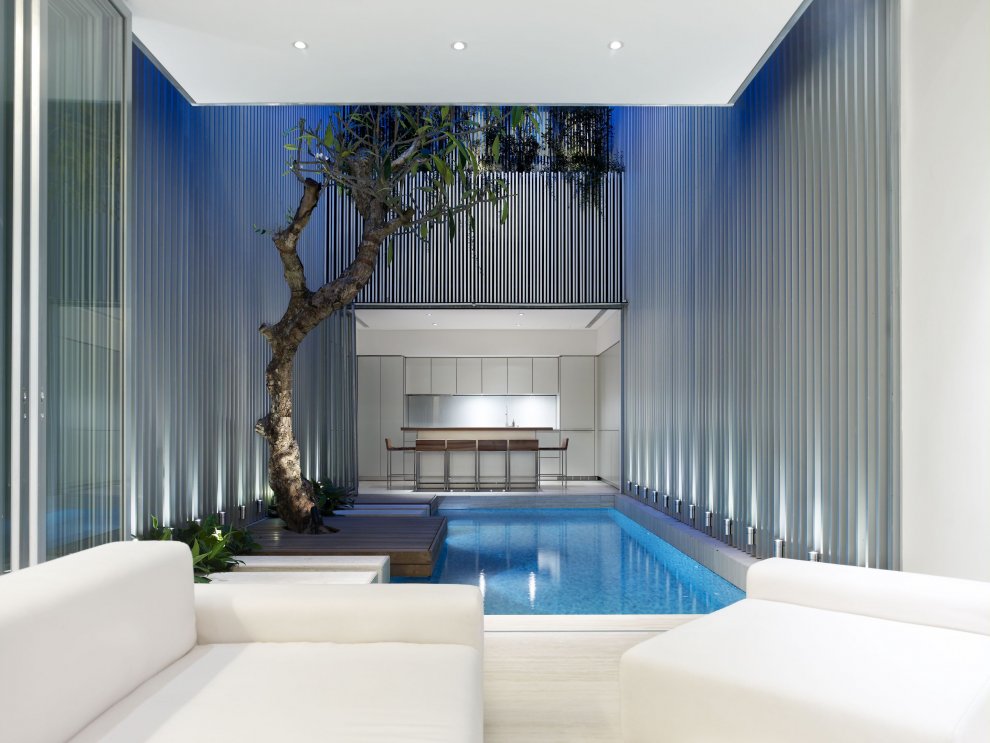
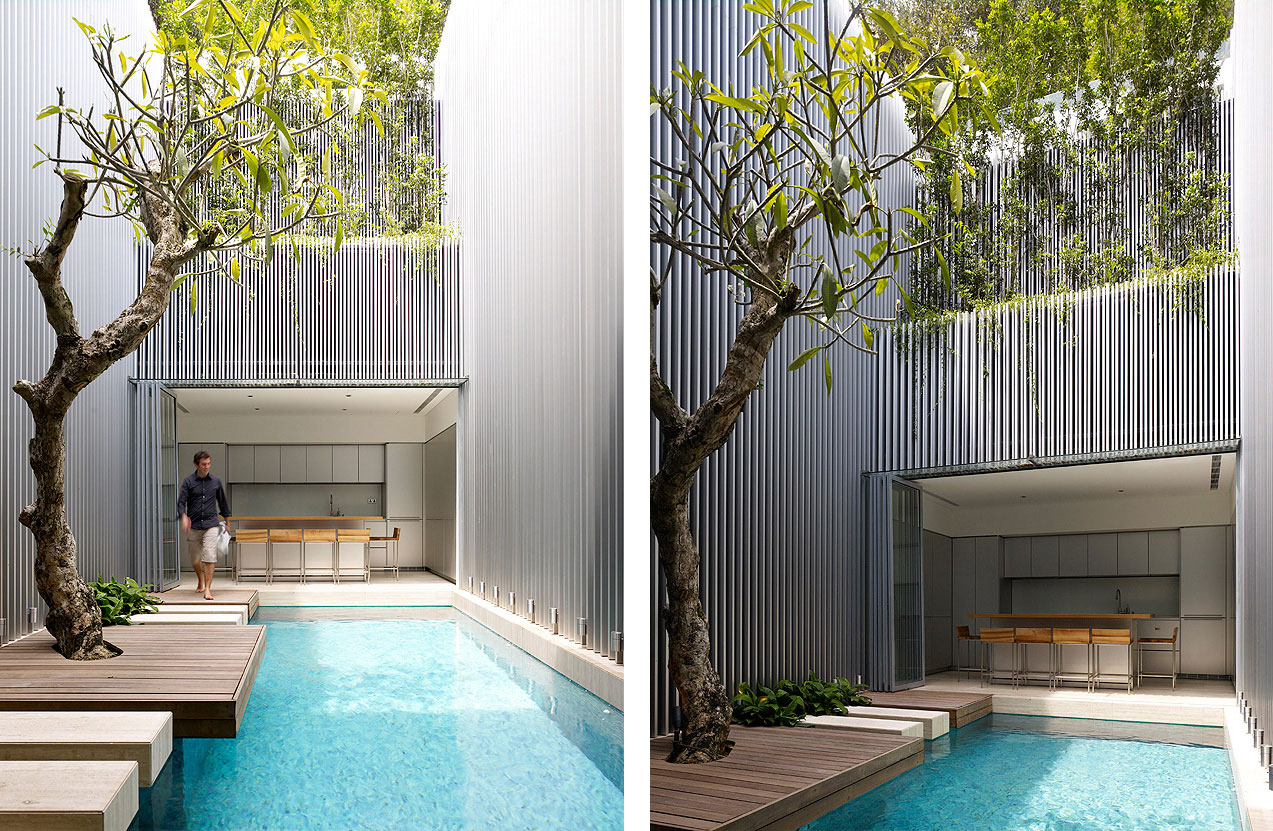
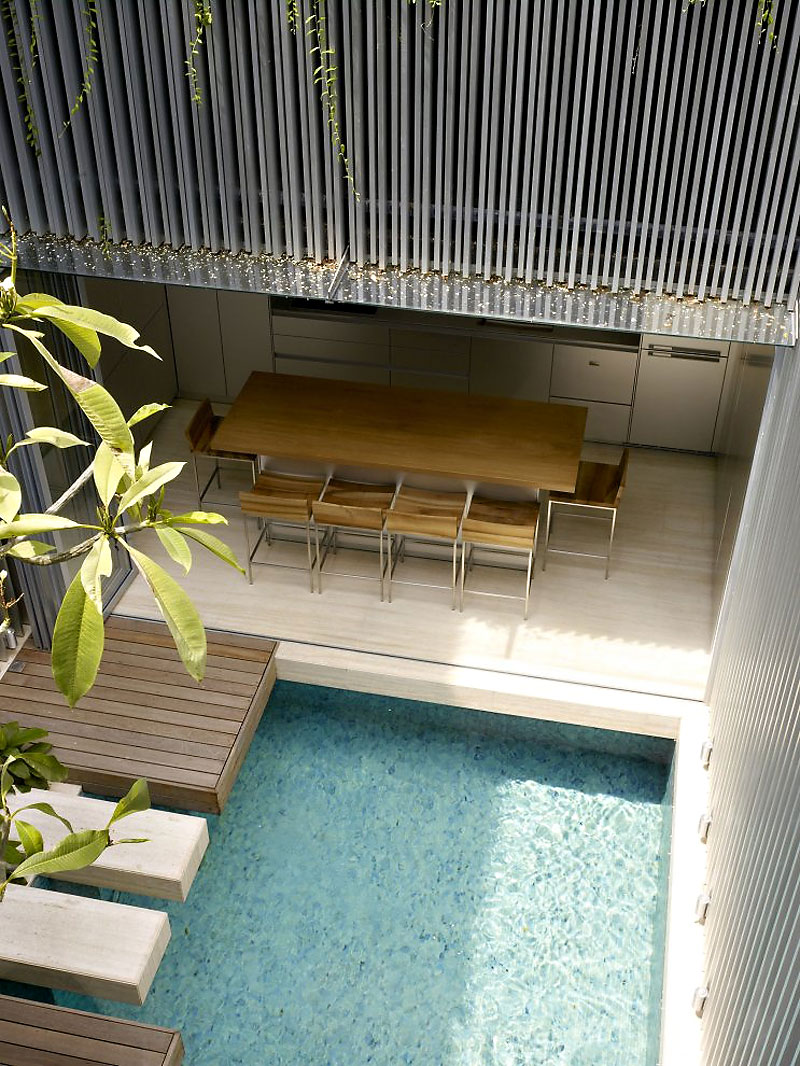
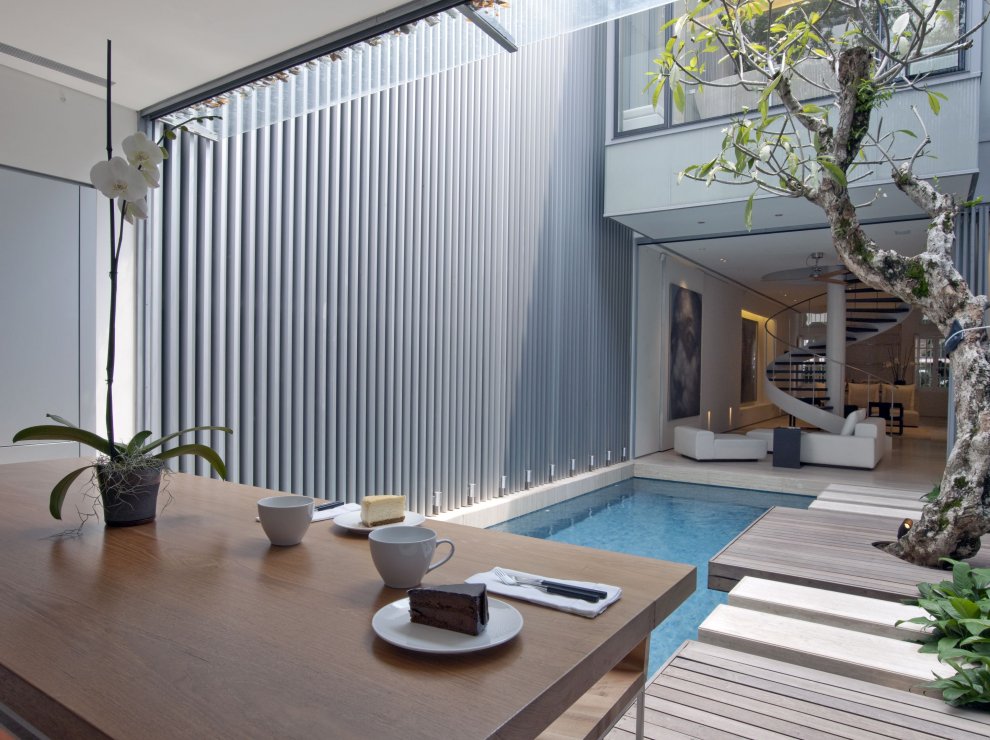
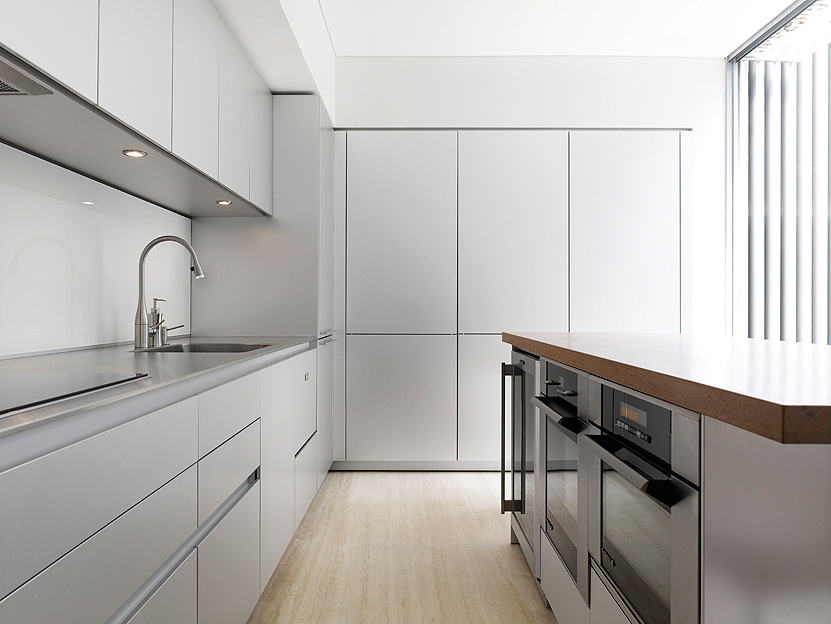
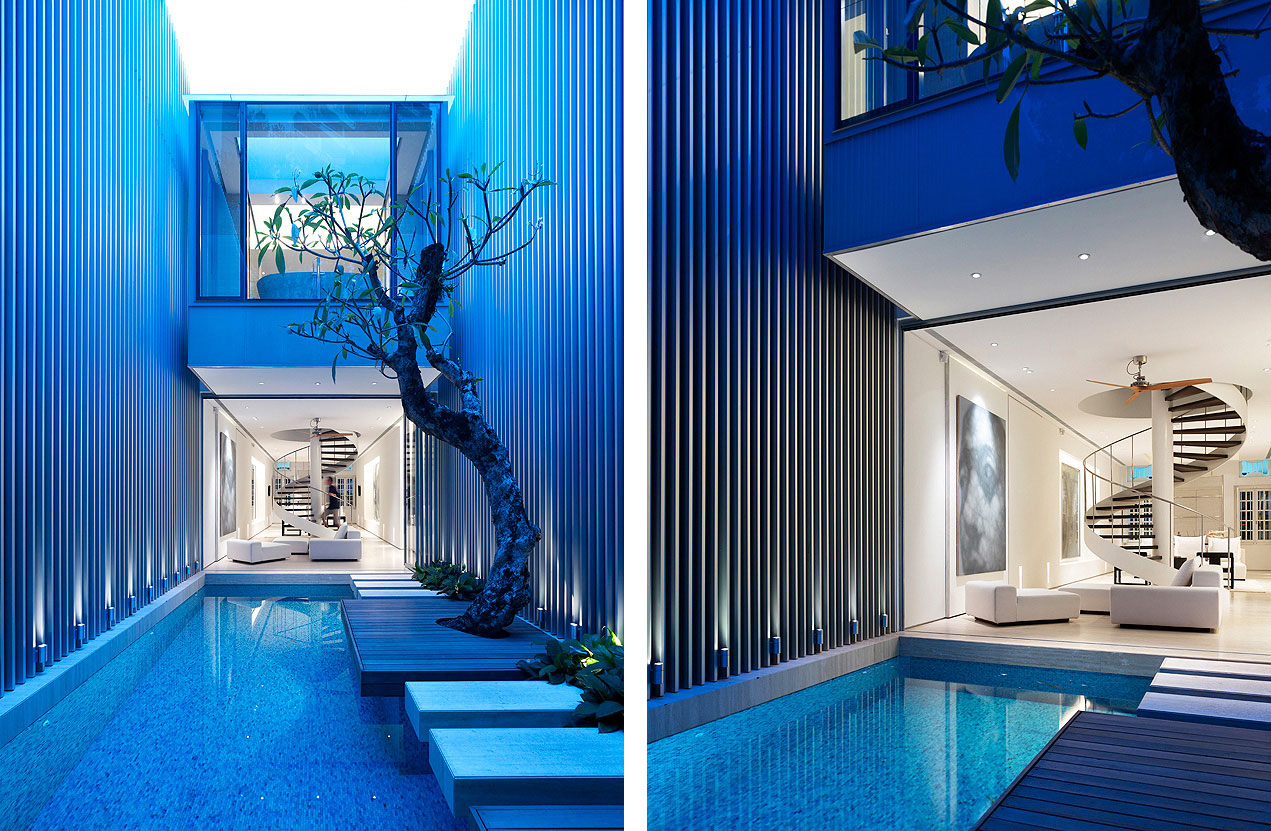
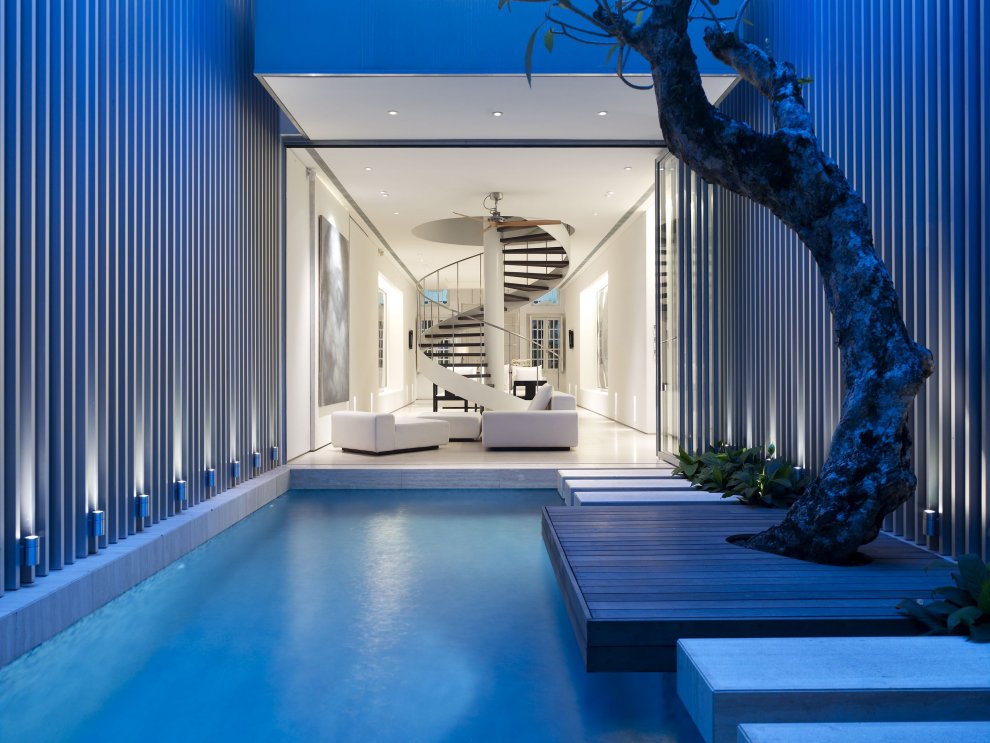
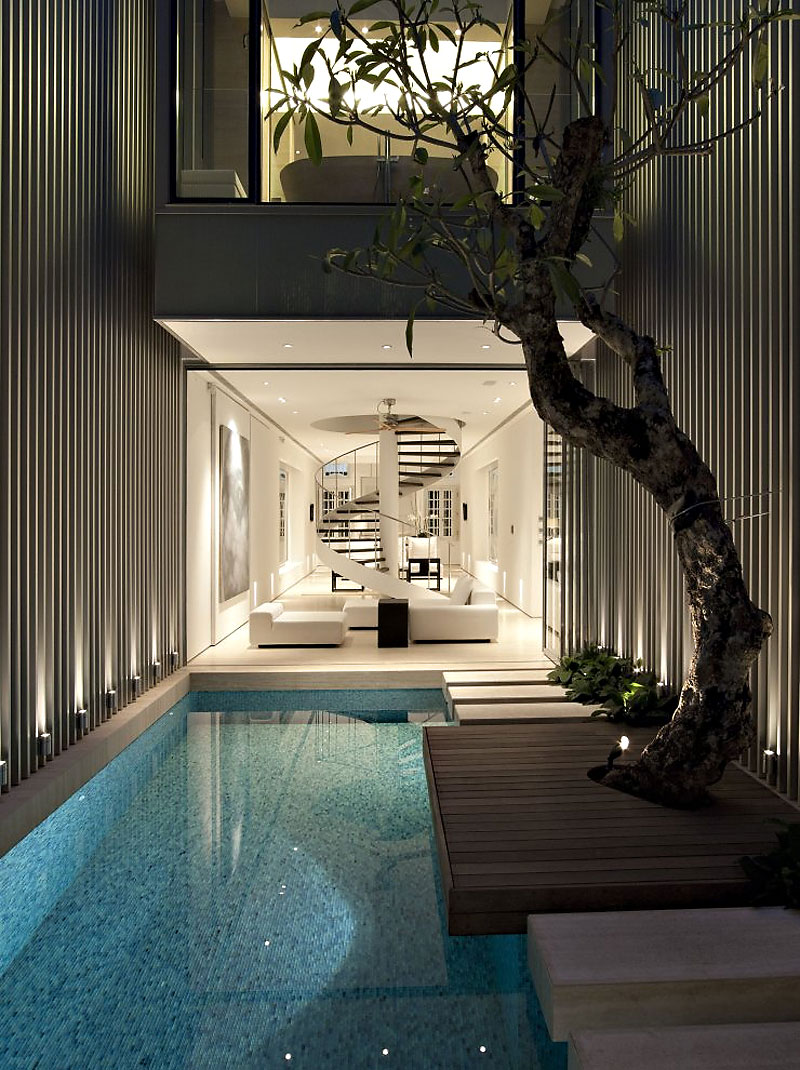
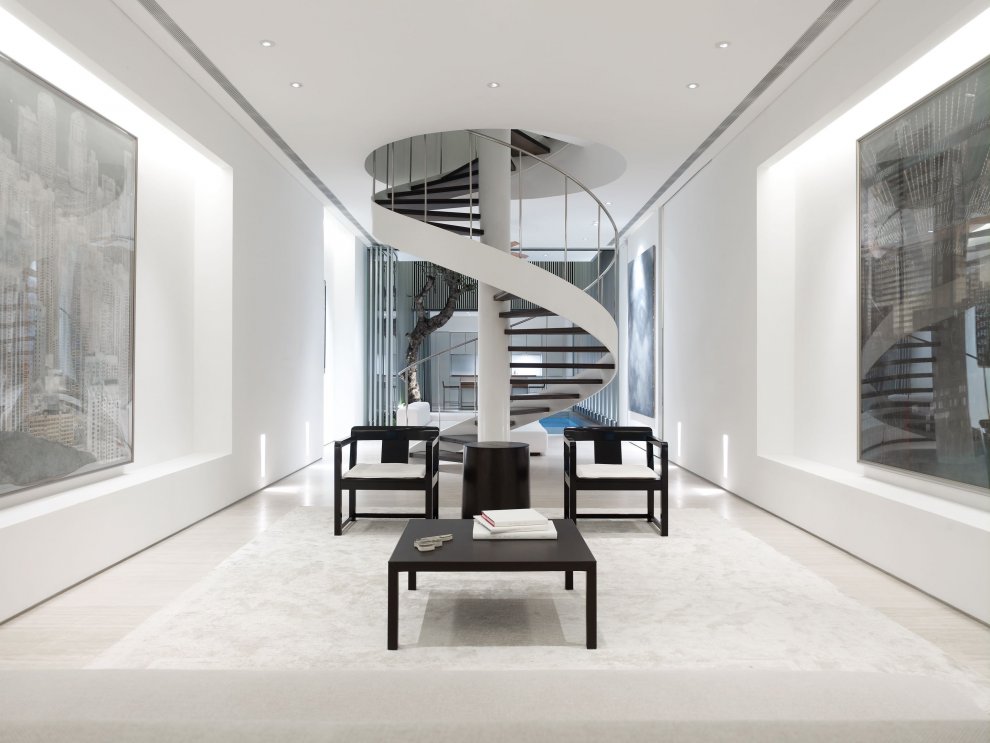
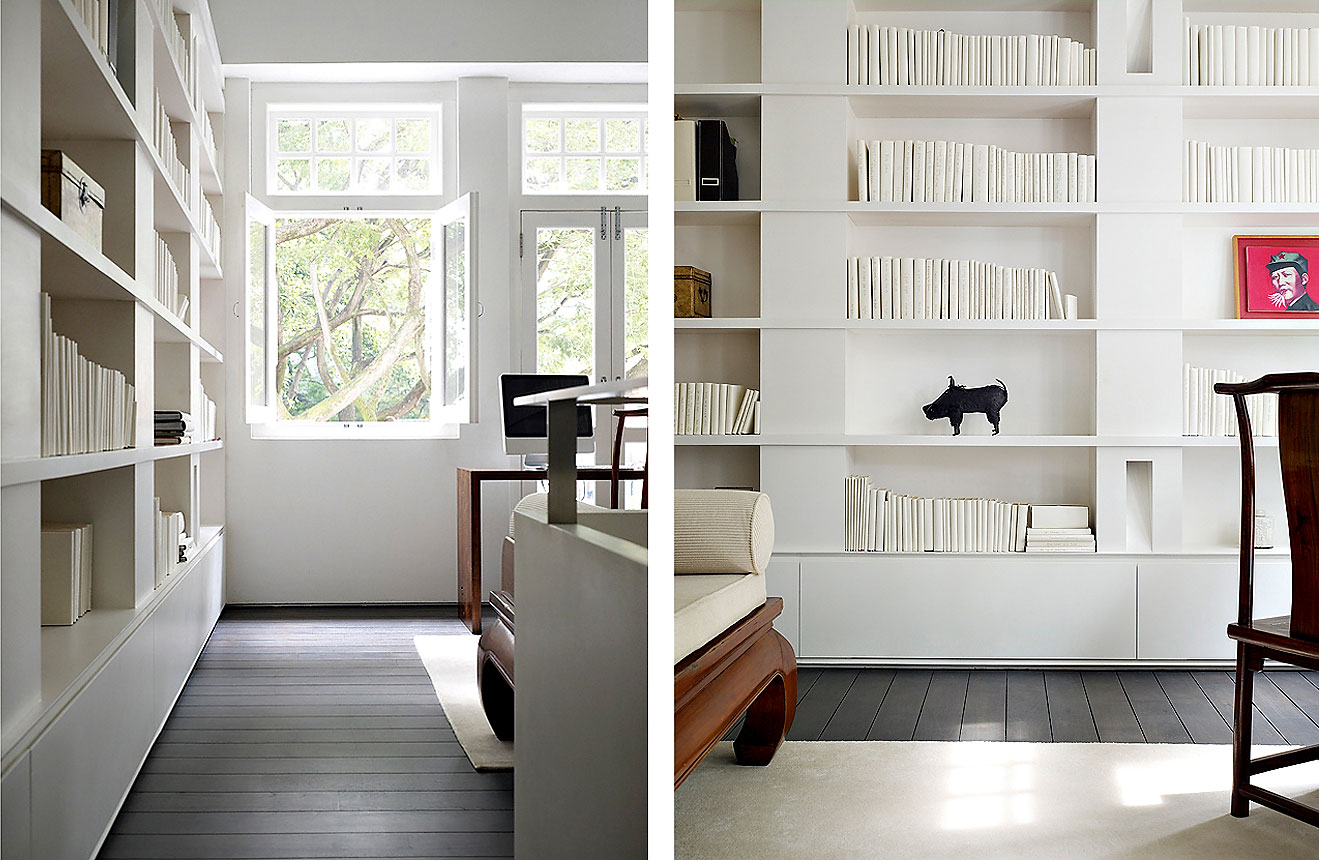
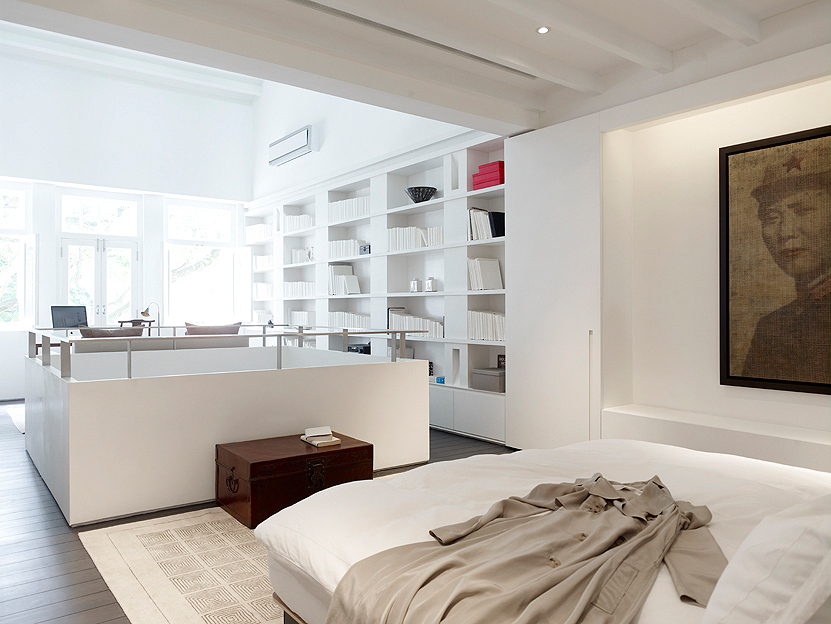
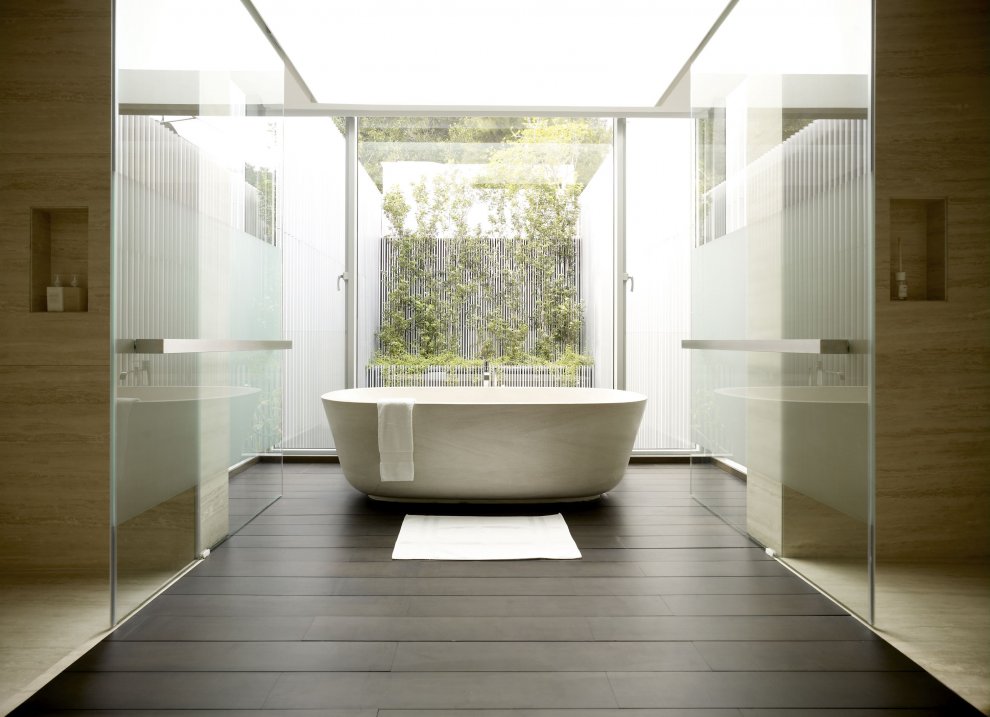
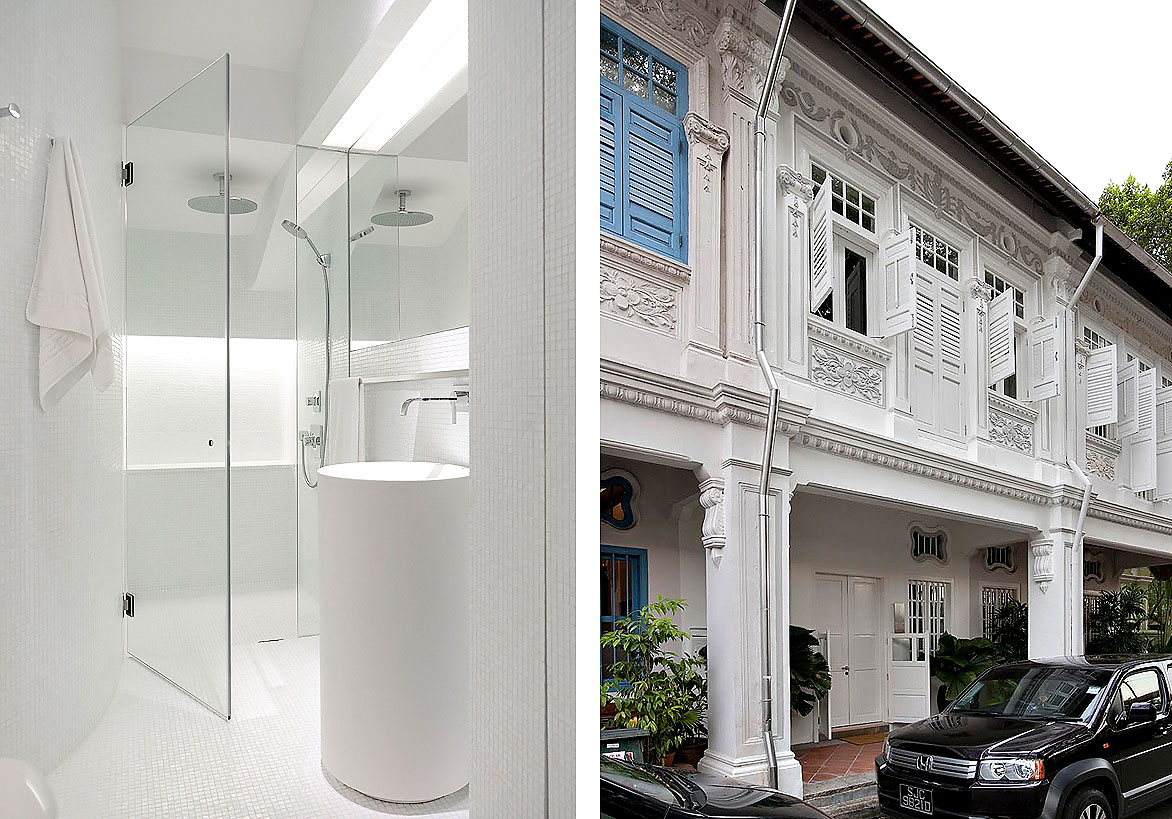
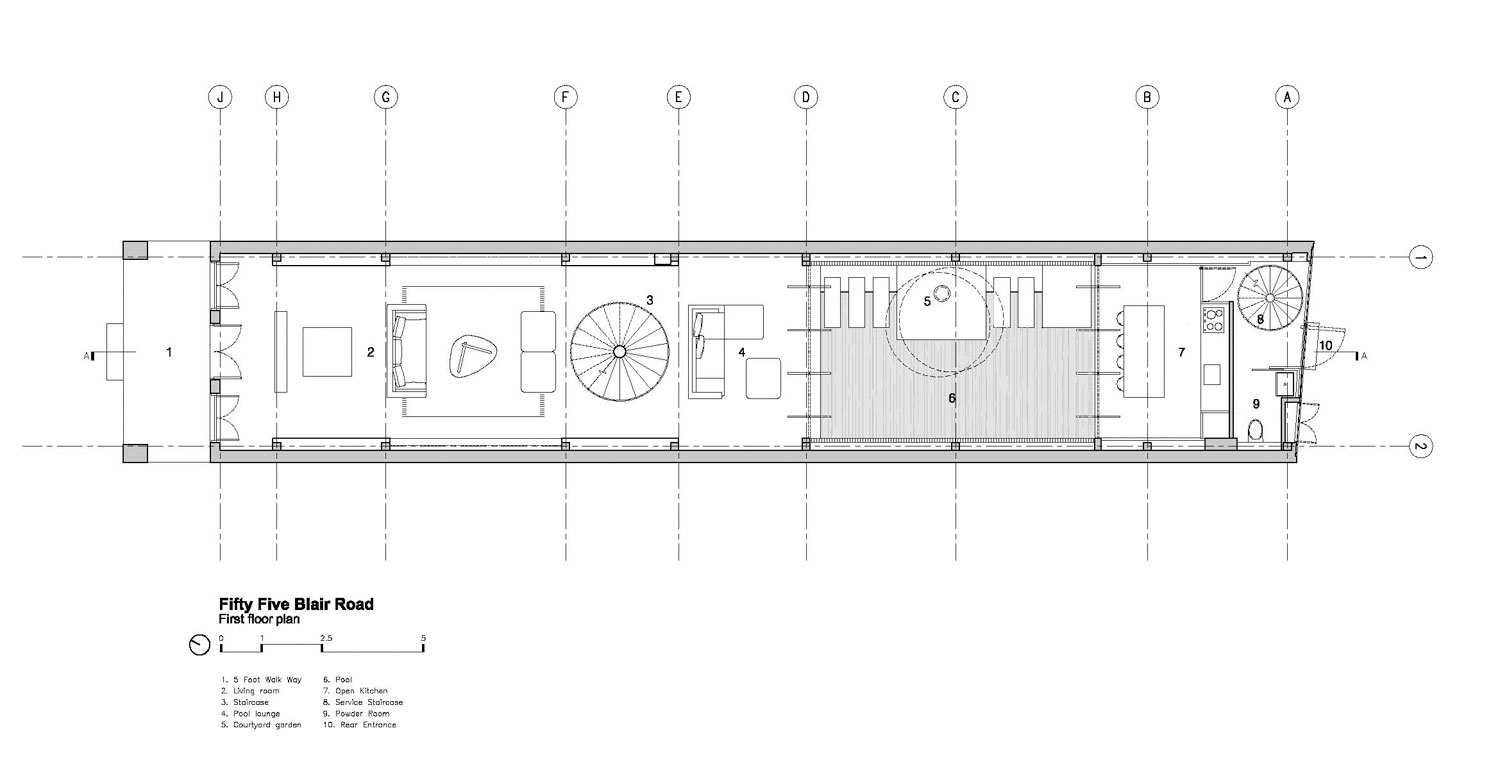
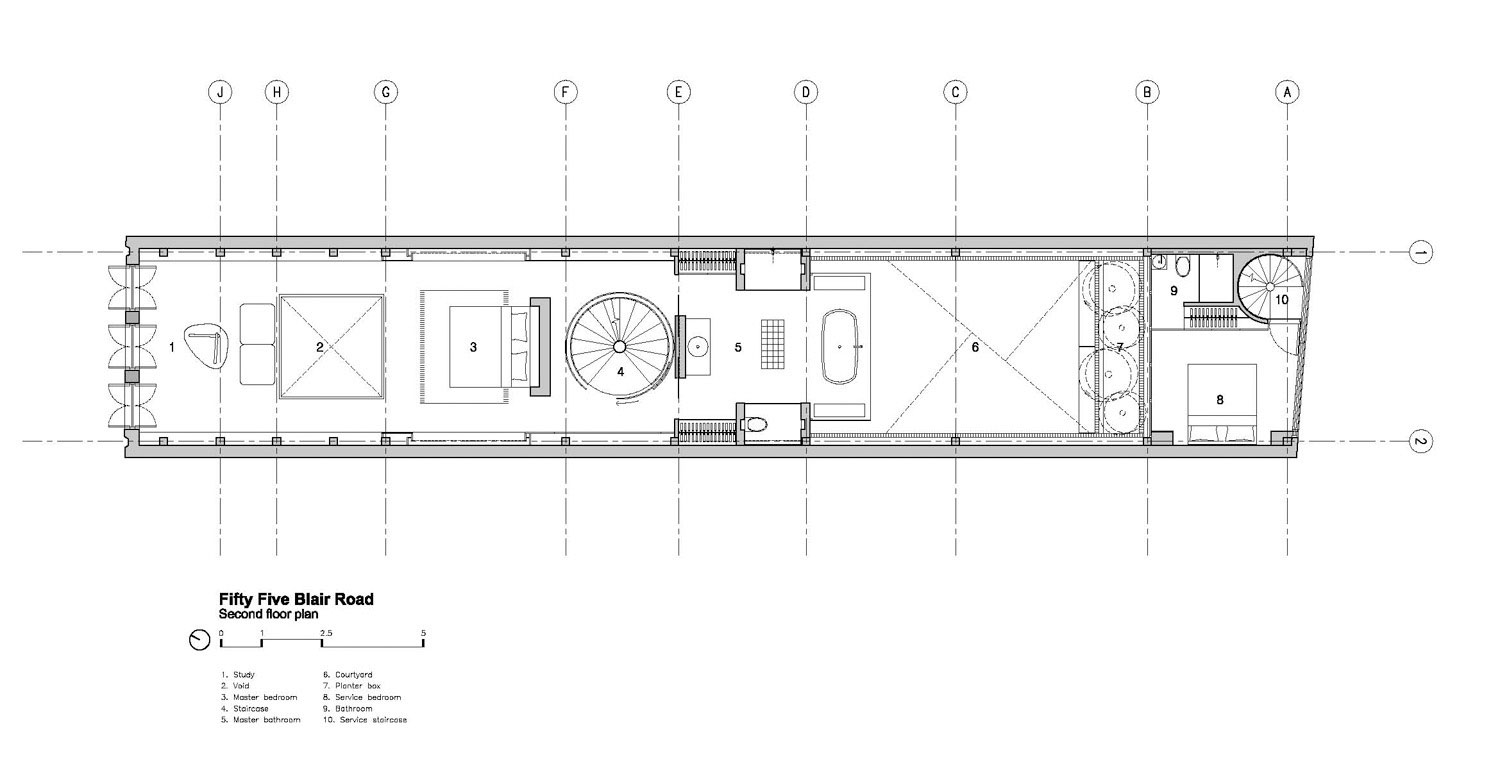
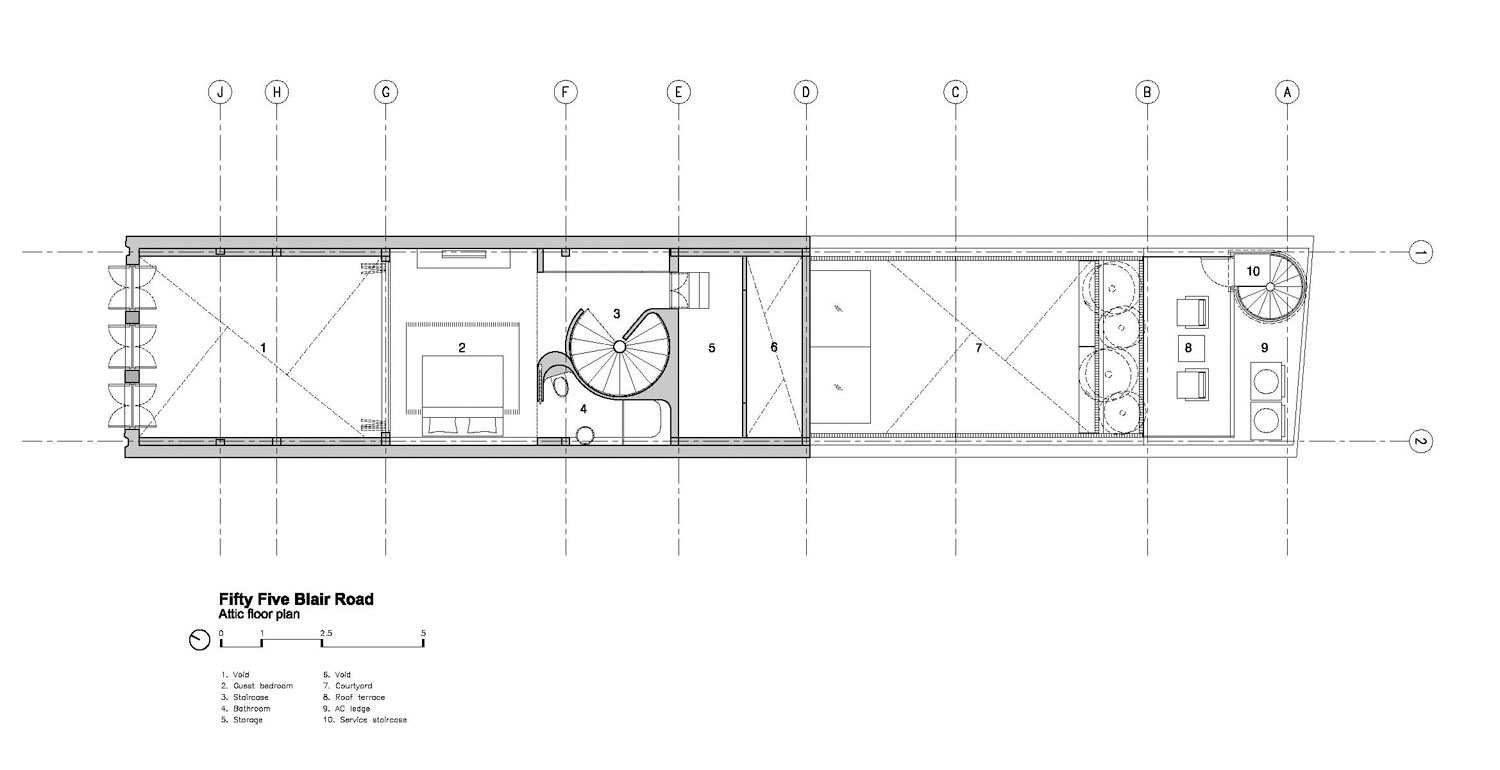
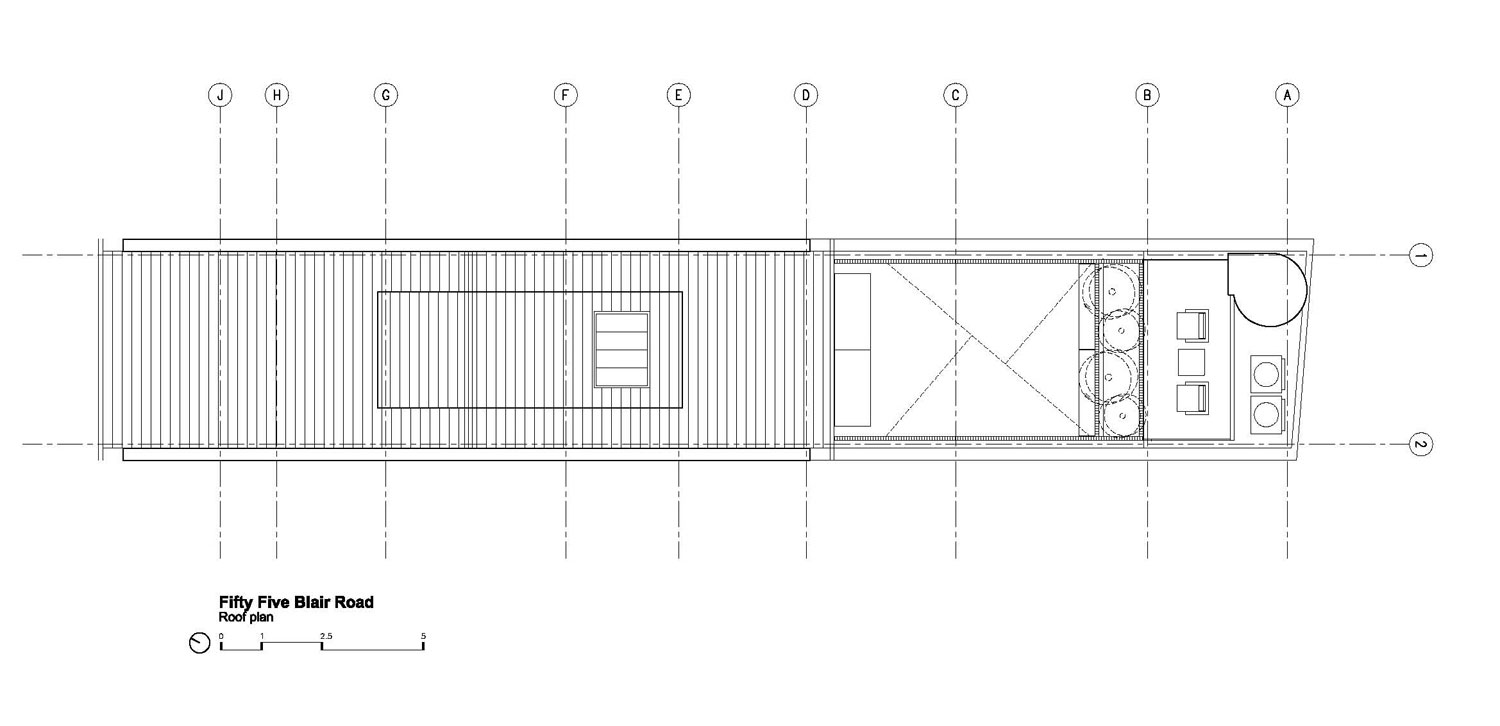
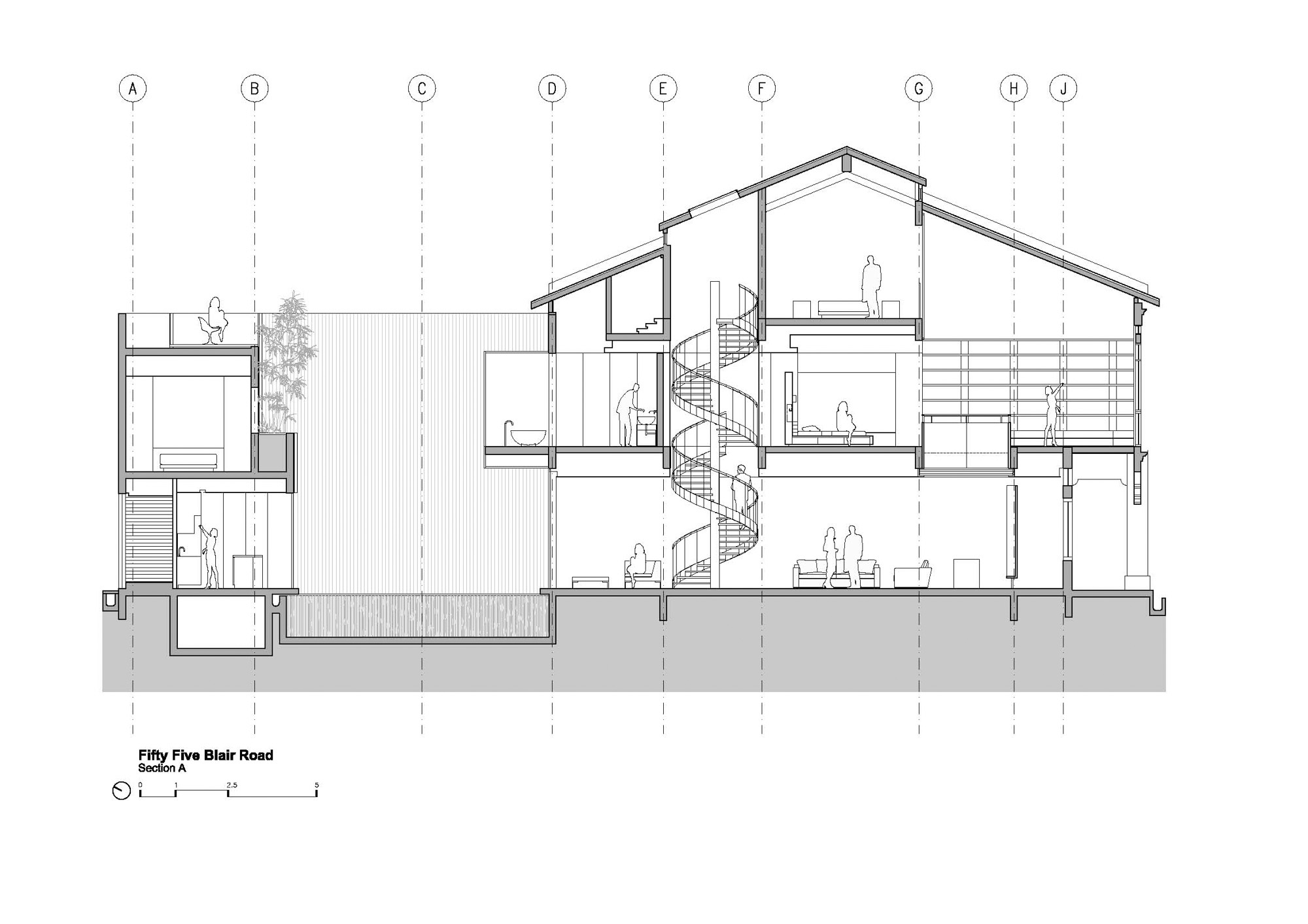
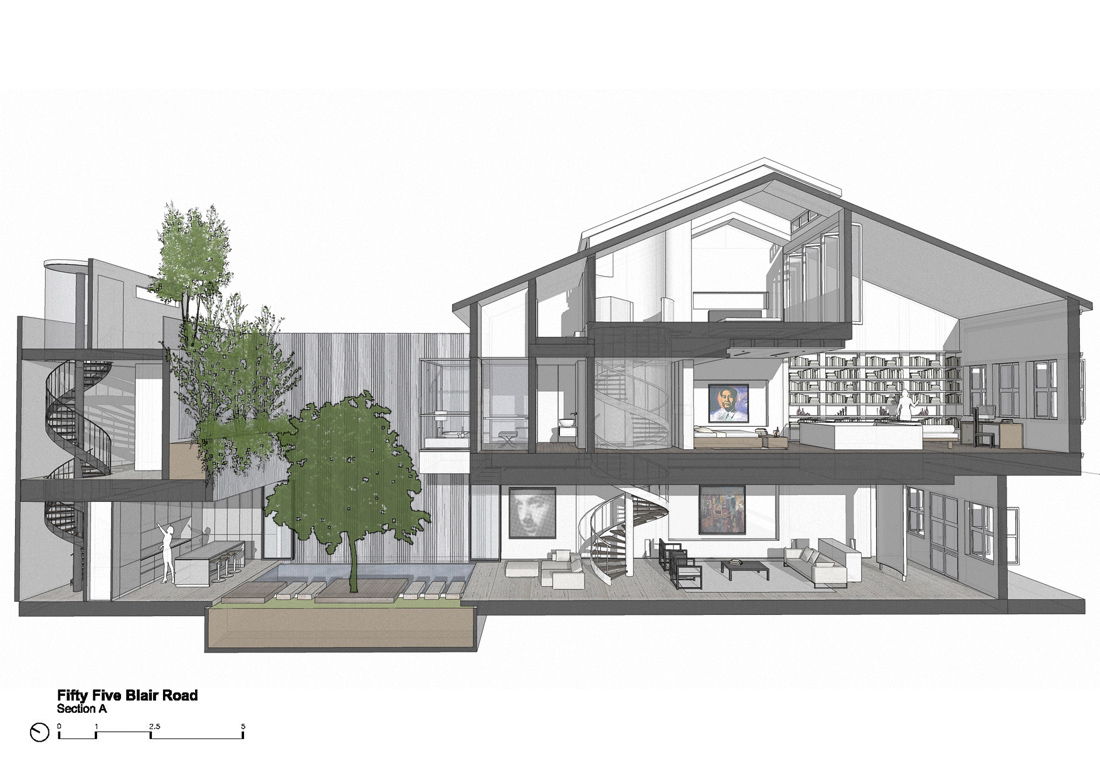

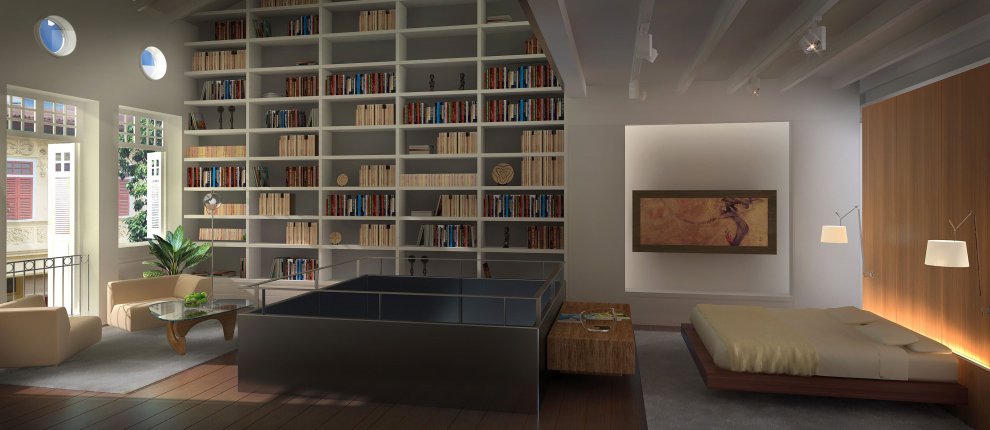









Discussion about this post